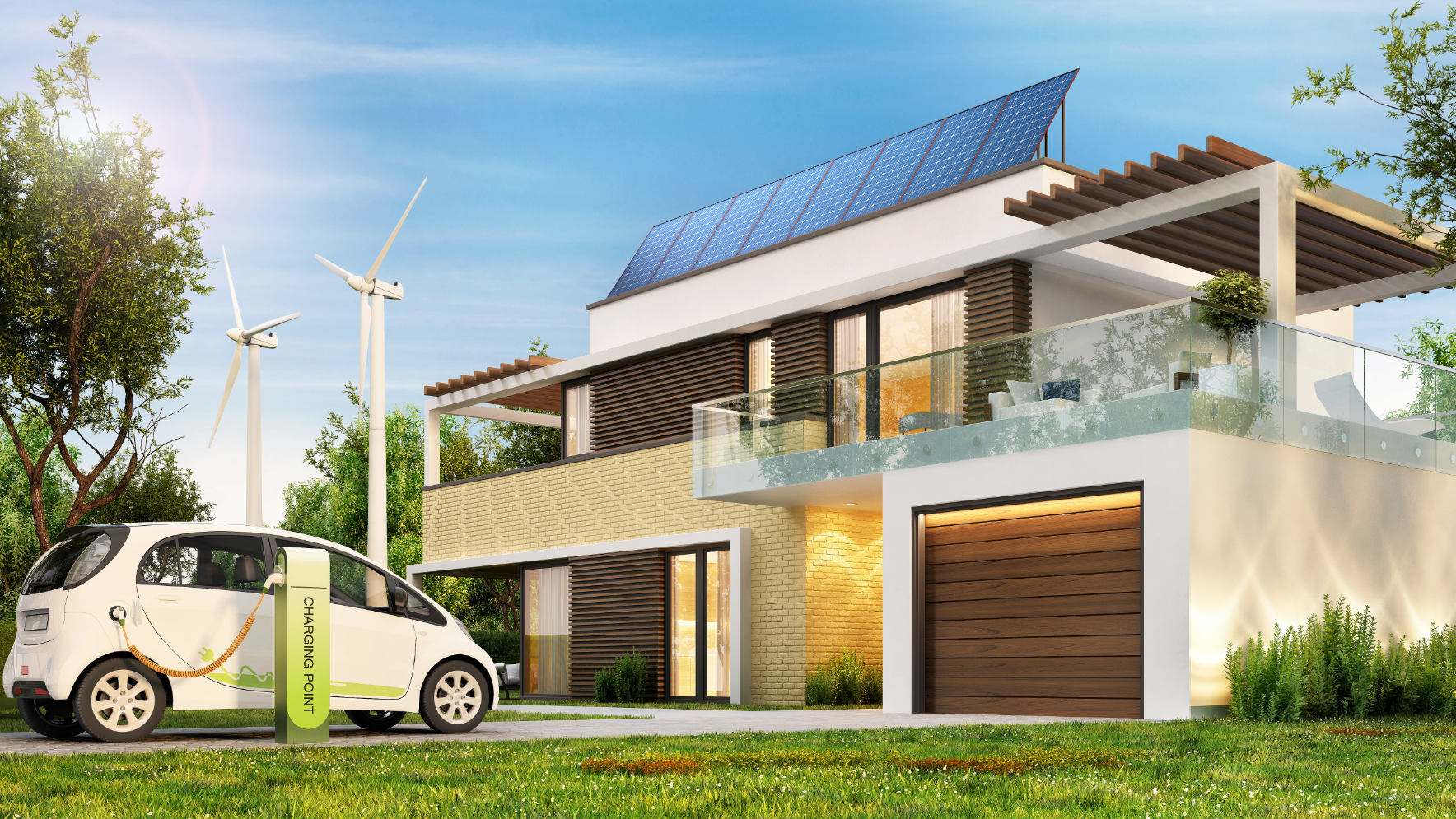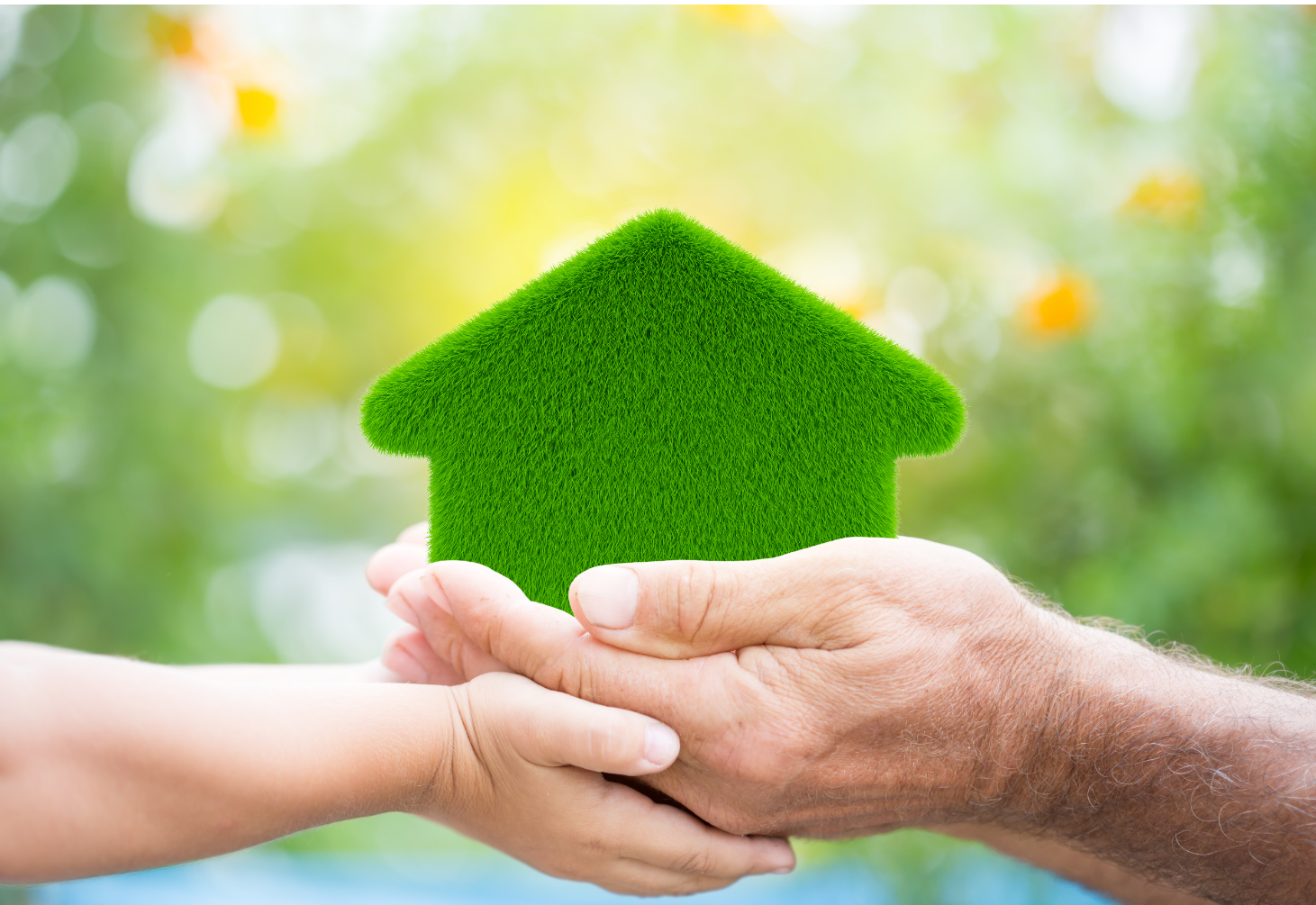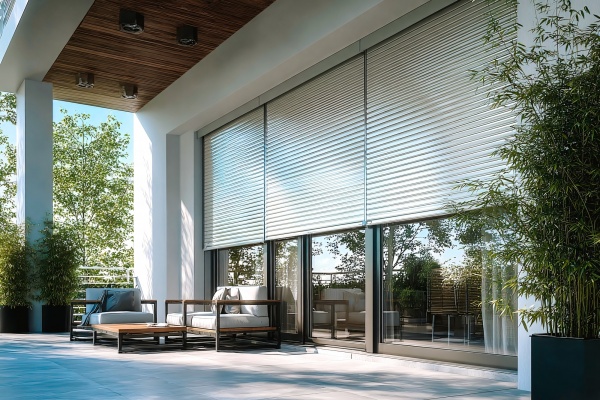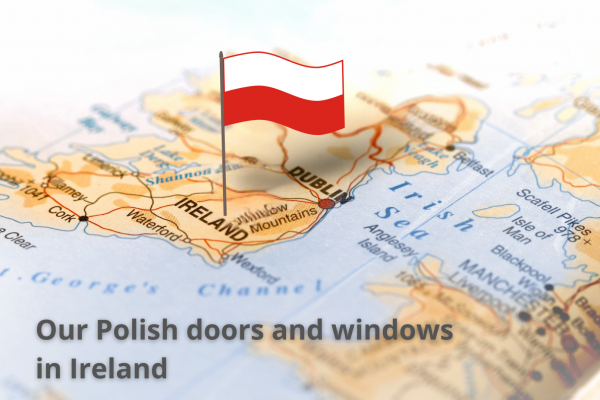The zero-carbon performance of buildings in the European Union is a key element of the EU's strategy for combating climate change and achieving the objectives contained in the European Green Deal.
The adopted amendment to the Energy Performance of Buildings Directive.
Zero-emission buildings in the EU are a landmark step towards sustainable construction and aims to significantly reduce greenhouse gas emissions and energy consumption in the building sector within the European Union.
Zero-emission Buildings in the EU - What Lies Ahead?
New rules and regulations in sustainable building
The European Union is introducing a number of regulations that aim to reduce emissions from buildings. One of the main documents in this area is the Energy Performance of Buildings Directive EPBD, which is regularly updated.
Requirement for zero-emission buildings in the European Union
All new buildings will have to be zero carbon from 2030 and public buildings from 2027. This means they must be designed and built to be zero greenhouse gas emitters.
Reduction of energy consumption with zero-emission buildings
The Directive requires Member States to reduce primary energy consumption in residential buildings by at least 16% by 2030 and by 20-22% by 2035. In practice, this means that house and flat owners will have to invest in modern, energy-efficient windows and doors. These products play a key role in the thermal insulation of buildings, which translates into lower heating and cooling requirements and therefore lower energy bills..
Renovation of existing buildings
The European Union plans to increase the renovation rate of buildings so that all buildings are zero carbon by 2050. As part of this, they will introduce financial programmes and technical support for building owners.
Refurbishment of non-residential buildings
By 2030, 16% of non-residential buildings with the worst energy performance must be refurbished, rising to 26% by 2033
Renewable energies in zero-emission buidlings
Increasing the share of renewable energy in the heating and cooling systems of buildings will be essential. Installation of solar panels, heat pumps and other RES technologies will be promoted and financially supported.
Intelligent energy management
The development of intelligent energy management systems in buildings will be supported. This refers to technologies that allow energy consumption to be monitored, energy use to be optimised and energy networks to be integrated.i.
Financial Support Programmes for Zero-Emission Buildings in Europe
The EU is planning extensive financial support programmes for zero-emission buildings. These will include both grants and preferential loans, targeting different audiences from individual owners to real estate developers and public institutions.
Education and awareness
Raising awareness of the benefits of zero-carbon buildings and educating property owners and managers about modern technologies and energy management will be an important part of the strategy.
Reducing energy poverty
The introduction of measures to prevent energy poverty, such as support for low-income households to renovate and retrofit buildings, will be an important aspect of EU policy.
New technologies and innovation
Promoting research and innovation in building materials, construction technology and energy management will be supported by various EU programmes.

Modern zero-emission home
The Role of Windows and Doors in Zero-Emission Buildings
Windows and doors play a key role in the energy efficiency of buildings. As elements that can make a significant contribution to thermal insulation, they have a direct impact on the energy requirements for heating and cooling interiors. Here are some ways in which modern PVC windows and PVC doors can help to make buildings less carbon intensive:
- Thermal Insulation: modern windows and doors are designed to minimise heat loss. By using advanced insulation materials such as double or triple glazing and low thermal conductivity frames, heat loss in winter and excessive heat gain in summer can be significantly reduced. The lower the Uw value, the better thermal insulation a window has.
Our windows with Uw values below 0.9 W/(m²-K) :
- Sealing: Good quality seals in windows and doors prevent cold air from entering the building and warm air from escaping to the outside. This is a key element in maintaining an optimum temperature inside the building without excessive energy consumption.
- Low-E glass: Modern windows are often fitted with low-emissivity (Low-E) glass, which reflects heat back into the room while letting in natural light. This allows for better temperature control and reduces the need for heating and cooling systems.
- Frame designs: window and door frames made from materials such as PVC, aluminium windows with thermal break or timber windows offer different levels of thermal insulation. Choosing the right frame material and design can make a significant difference to the overall energy efficiency of a building.
Windows and doors play a key role in reducing the carbon footprint of buildings. With modern technologies and materials, they can significantly improve energy efficiency, contributing to the achievement of the European Union's climate goals with zero-emission buildings in Europe.
Read also:
Let's be ECO. Choose energy-efficient windows
JUST BE ECO. WINDOWS PRODUCTION RAW MATERIALS AND CARBON FOOTPRINT
Need help choosing windows or doors? Get in touch with our advisor.






